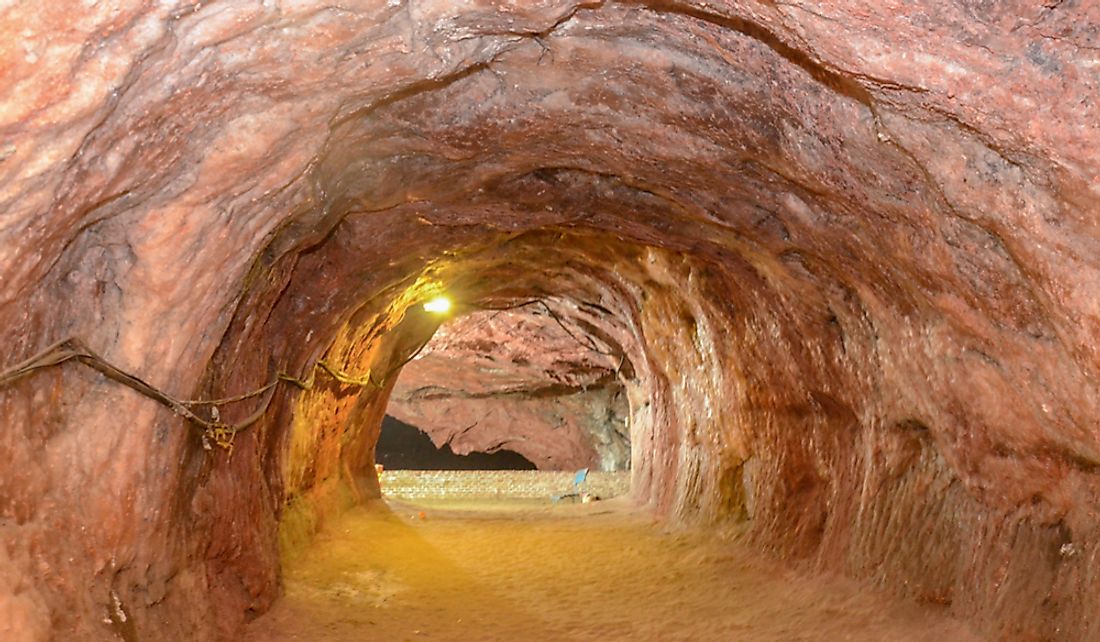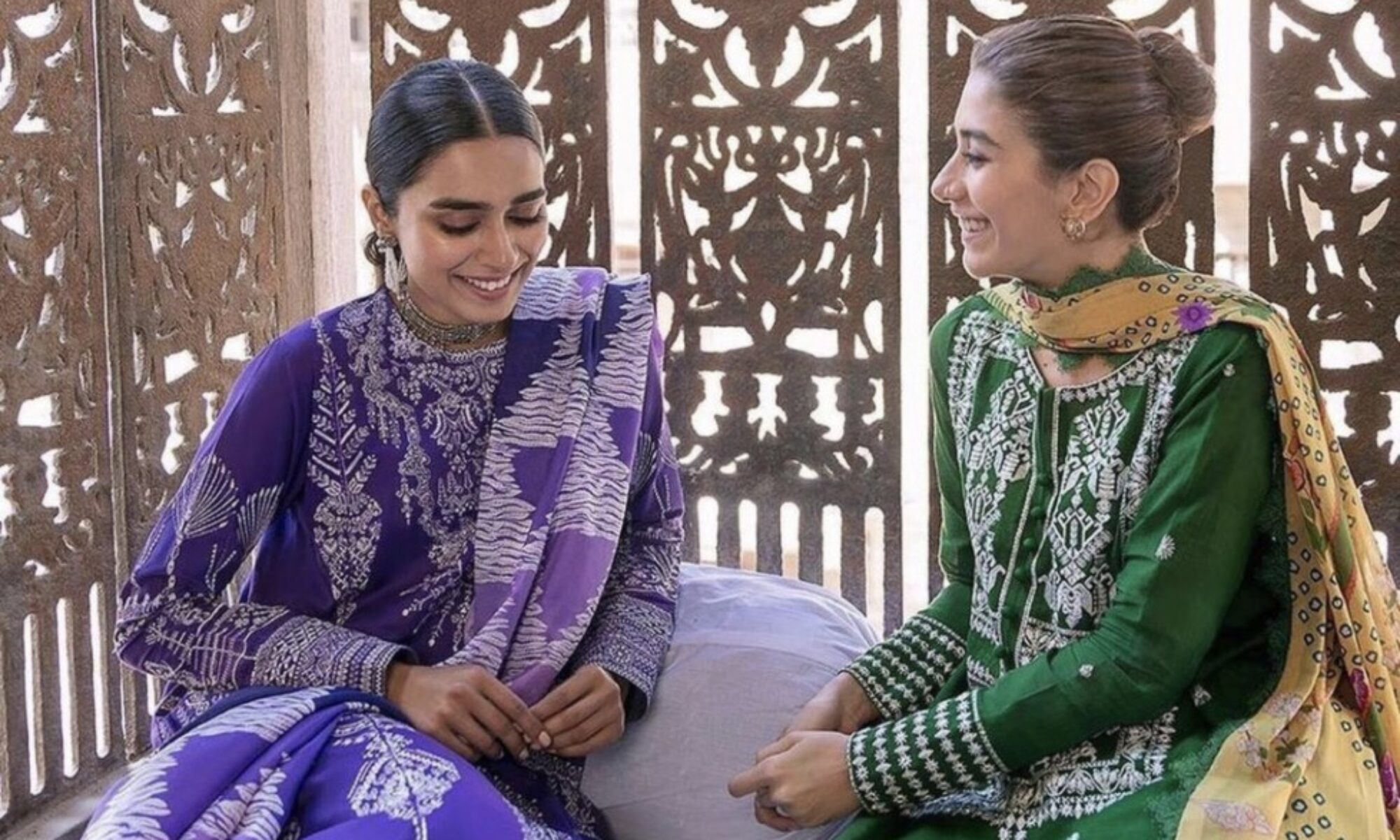Pakistan’s natural resources consist of arable land, coal, oil, petroleum, salt, limestone, gold and gas, all the way to uranium and even their vast access to fishing. Their oil reserves consist of 353,500,000 barrels of proven oil reserves as of 2016. Pakistan’s coastline is 814km and fishing plays a huge role in its exporting earnings. Pakistan produces the largest amount of natural resources collectively in the world. It has the fifth largest gold mines which contributes to the wealth of it’s country.
Two locations that produces the most natural resources in Pakistan are Reqo Diq and Thar. Reqo Diq produces 12.3 million tonnes of copper and 20.9 million tonnes of gold worth $260 billion to $3 trillion dollars alone. It is also suspected that Reqo Diq have numerous undiscovered rare elements used in the technology industry, which would make Pakistan a contender for China in this market. These elements are more valuable than gold because of it’s demand.

Pakistan has the potential to join the G7 in the future with it’s naturally rich lands. With a stable economy, they can expand exportation beyond the borders of neighboring countries. The rarity and abundance of natural resources puts Pakistan at an advantage making it hub for future booming businesses.

(focuspakistan.org) . (2013, April)



